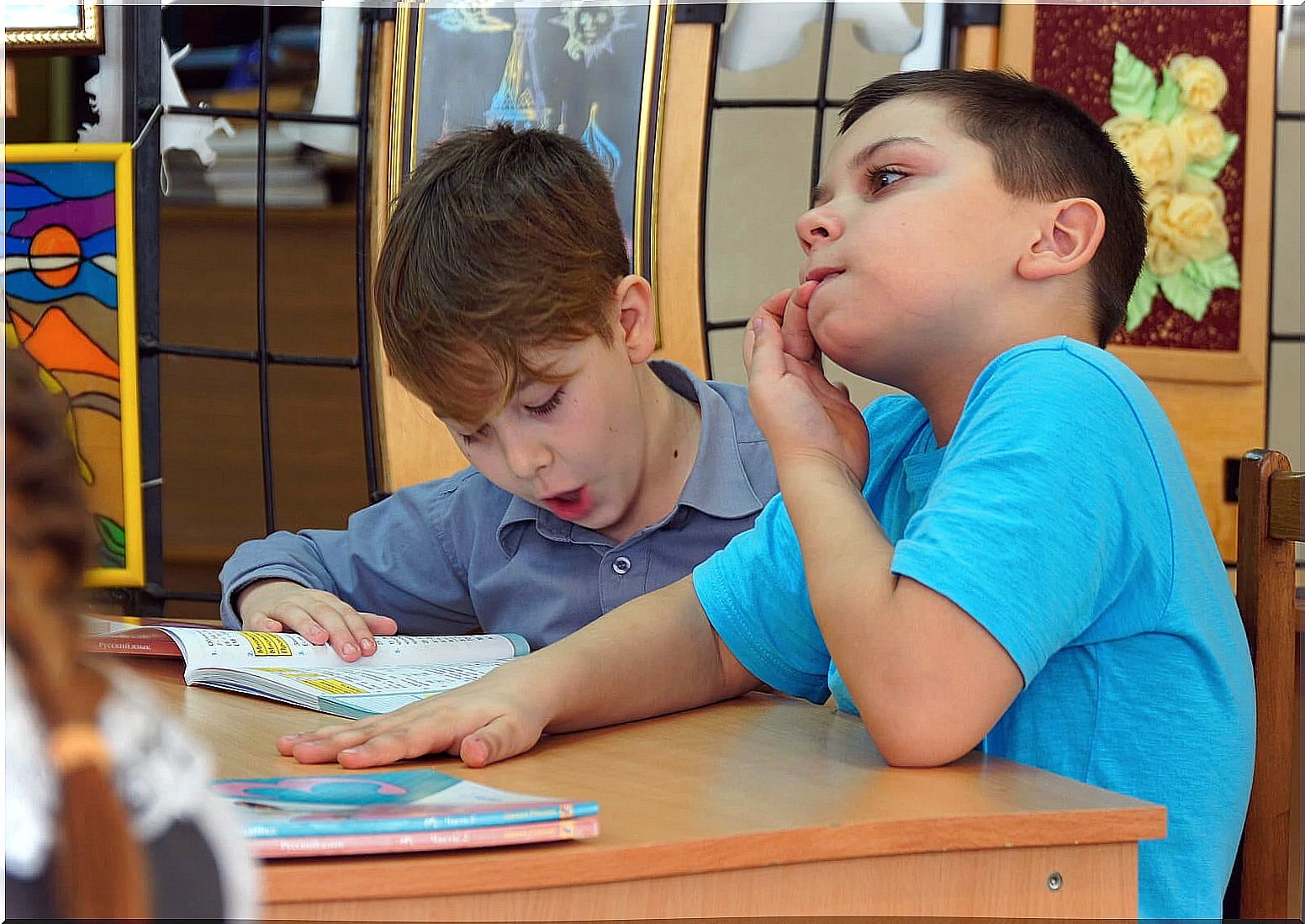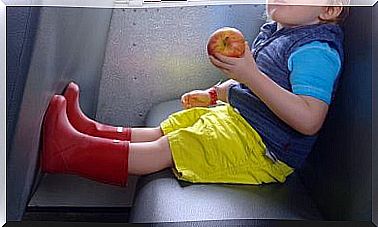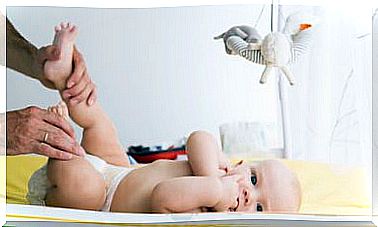Habit Reversal To Treat Nervous Tics In Children

Biting nails, pulling hair, clearing continuously … There are many nervous tics that children can present. At first, these seem harmless, but over time they can increase and begin to interfere with the daily lives of minors. Fortunately, we have proven procedures to address these types of problems, among which training in habit reversal stands out.
It is common for parents to try to avoid the onset of tic disorder by scolding or punishing their child; Or, perhaps, trying to reward you if you stop doing it. However, none of the above measures will take effect, since it is not a voluntary act that the little one can control.
So, with the following procedure all parents will make sure to provide their child with the tools they need to combat it.

What are nervous tics?
Nervous tics are behaviors, simple or complex, that children carry out repeatedly and involuntarily. These can be motor, such as biting your fingers or rocking back and forth, or vocal, such as constantly coughing or repeating the last word heard.
They arise in response to a state of anxiety or nervousness experienced by the child and disappear during sleep. These nervous tics are preceded by an internal feeling of restlessness, discomfort and discomfort that is only relieved with the repetition of said behavior, so it is really difficult to resist the impulse.
In addition, over time, they become a habit and no longer only appear in moments of great anxiety, but in many other situations of frustration or boredom.
What is habit reversal?
Habit reversal is the most effective procedure for treating nervous tics in children. It includes a series of techniques and exercises that help the minor to abandon that habit that interferes in his life.
Definition and registration
First of all, it is necessary to define, in a concrete and operational way, what the tic disorder to be worked on consists of. Likewise, a record must be made of the frequency with which it appears and in what type of situations it does. To do this, an adult must observe the child and note the appearance of the tic.
Relaxation
If we take into account that the nervous tic arises from the child’s internal feelings of anxiety and restlessness, it is easy to understand why relaxation techniques are of great help. By training the child in any of these strategies, we are giving him a tool that will allow him to reduce his general level of anxiety, as well as regulate his nervousness in specific situations.
Incompatible reaction: the key to habit reversal
This is the key element of the intervention. It consists of selecting a behavior that is incompatible with the tic itself to perform it whenever the impulse to fall into the tic is felt. For example, holding a pen in your hand for a few minutes will prevent the temptation to scratch your scalp.
The child should practice this incompatible reaction several times each day until it feels natural to him. Then, he has to voluntarily put it into practice when he feels that the tic is going to appear to prevent its realization.
Positive reinforcement
It is important to reward the child for the effort they make, even before achieving complete elimination of the tic disorder. Thus, weekly goals are programmed, such as, for example, halving the frequency of the tic and, if it is met, the minor must be rewarded with praise and congratulations or even with a small material prize that continues to motivate their progress.

Why does habit reversal work?
Habit reversal is a procedure that requires practice and perseverance. However, it is simple and effective. The key to its success lies in two reasons.
In the first place, it makes the child aware of the presence of the nervous tic in every situation ; This is no longer an automatic reaction that goes unnoticed. On the other hand, it provides an incompatible behavior that prevents the tic from repeating itself, so its presence is reduced until it is eliminated.
In short, its effectiveness has been proven in children with nervous habits of all kinds, obtaining good results. The child’s motivation added to the collaboration of parents or teachers will be enough to reduce or completely eradicate these tics that may be causing discomfort to the child.










